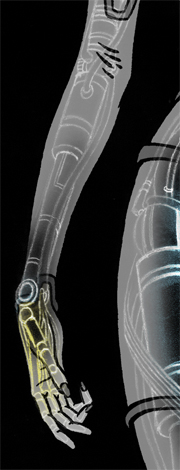Speakers
Malware Analysis
One of the most common examples of reverse engineering is malicious code analysis. In order to clean up after, and prevent further infection by a piece of malicious code, it must be analyzed. Such analysis is often used for generating IDS signatures, detemining exploits used (and hence which patches would be required) and writing detection modules for antivirus software. Usually, this must be done in as little time as possible.
This presentation will cover two examples of popular Windows malicious code. This will include how to unpack or decrypt it, using IDA Pro to disassemble it, and finding the most important pieces first. The speaker will demonstrate which steps to perform first, in order to perform the quickest analysis. Some knowledge of Intel assembly and Windows programming will be of benefit to attendees, but is not required. The presentation will feature a special guest to discuss packers and cryptors.
Bio
Chief of Security for Digital River working on the SoftwarePassport/Armadillo protection system, Nicolas specializes in anti-reverse engineering techniques to defend against software attacks. He has been active in malware research in collaboration with various anti-virus companies. He regularly writes for the French security magazine MISC and has authored a number of papers on reverse engineering. He currently teaches assembly programming and reverse engineering in French engineering schools. Nicolas has more than 7 years of experience reverse engineering on Microsoft Windows platforms.
